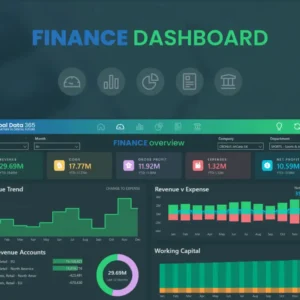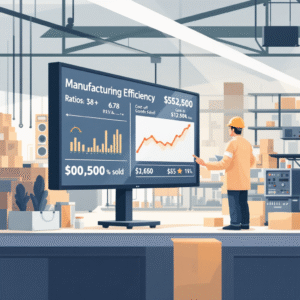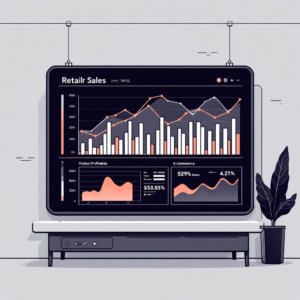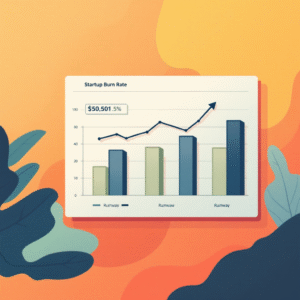In an era where environmental sustainability is paramount, harnessing data-driven insights has become an indispensable tool for organizations committed to reducing their ecological footprint. Power BI, Microsoft’s powerful business analytics tool, emerges as a key player in this endeavor, enabling precise and comprehensive environmental impact reporting. This article explores the potent synergy between Power BI and environmental impact assessment, unveiling a realm of possibilities to drive positive change.
Why Environmental Impact Reporting Matters
Environmental impact reporting serves as a compass for organizations navigating the sustainable path. It quantifies resource consumption, emissions, and waste, offering a holistic view of ecological effects. Such transparency not only enhances corporate responsibility but also fosters a positive public image and stakeholder trust.
Leveraging Power BI’s Data Visualization Prowess
Power BI’s prowess in transforming raw data into interactive visual narratives is a game-changer for environmental impact reporting. The tool’s diverse visualizations, from heat maps to geographical representations, empower stakeholders to grasp complex data effortlessly. Insights that may have been buried in spreadsheets now spring to life, aiding in informed decision-making.
Real-Time Monitoring for Swift Intervention
The ability to monitor environmental indicators in real time sets Power BI apart. By integrating data streams from sensors and devices, organizations can swiftly identify anomalies and address emerging issues. This real-time intervention potential safeguards against potential ecological risks and reinforces proactive sustainability strategies.
Tailored Dashboards for Stakeholder Engagement
Stakeholder engagement is pivotal in sustainability initiatives. Power BI’s customizable dashboards allow organizations to curate data presentations tailored to different audiences. Whether presenting to investors, regulators, or the general public, the tool enables effective communication of progress, instilling confidence in environmental endeavors.
Unifying Data Sources for Holistic Insights
Environmental impact data often resides in disparate sources. Power BI’s data integration capabilities unify data from various origins, eliminating silos and enabling a holistic view. This comprehensive understanding lays the foundation for targeted sustainability improvements and efficient resource allocation.
Predictive Analytics for Future-Proofing
The predictive analytics capabilities of Power BI offer a glimpse into the future, enabling organizations to model potential scenarios and their environmental implications. This proactive approach aids in anticipating challenges and refining strategies for maximal ecological benefit.
Streamlined Reporting for Compliance
Adhering to environmental regulations necessitates accurate and timely reporting. Power BI streamlines this process, automating data collection, analysis, and visualization. The result? Effortless generation of compliance reports that meet regulatory standards.
Driving Sustainability Across Industries
Power BI’s versatility transcends industries, making it an invaluable asset for environmental impact reporting across sectors. From manufacturing to energy, transportation to agriculture, the tool empowers entities to quantify, analyze, and enhance their environmental contributions.
The Path Forward: Power BI Empowered Sustainability
In a world where every action counts, harnessing the capabilities of Power BI for environmental impact reporting is a strategic move. The tool’s prowess in visualizing complex data, enabling real-time monitoring, and fostering stakeholder engagement is a catalyst for meaningful change. By embracing Power BI, organizations embark on a journey of data-driven sustainability, forging a brighter future for the planet and generations to come.







